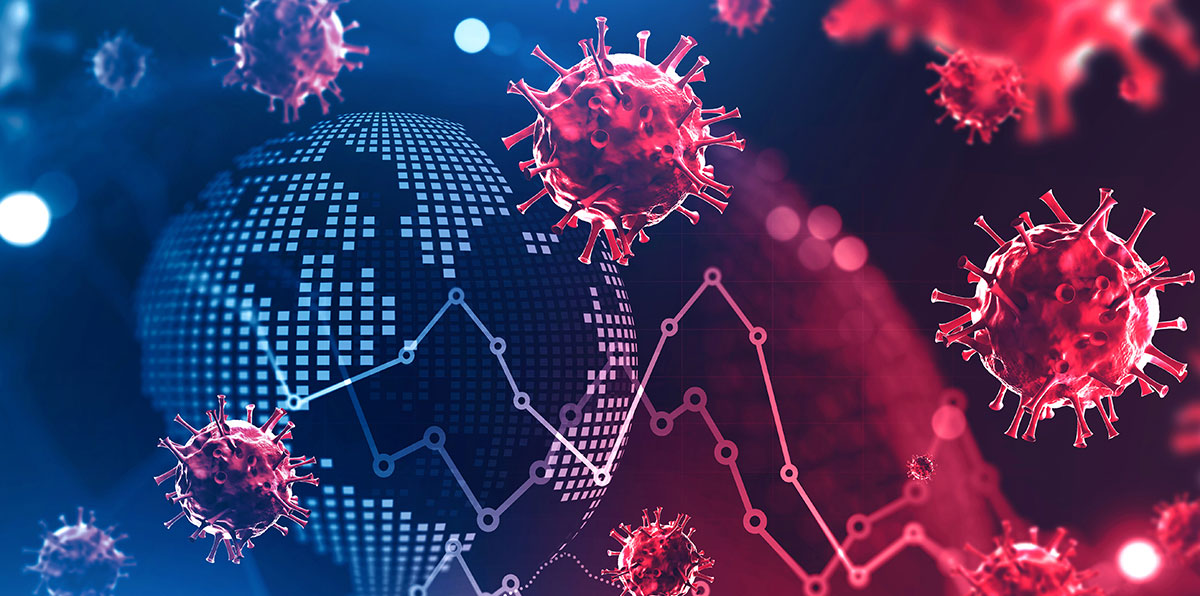The Power of Real-Time Data in a World of Uncertainty
In the fight against infectious diseases, timing is everything. As we learned during COVID-19 and countless other outbreaks, the difference between an effective response and a devastating spread often comes down to how quickly we recognize what is happening. Traditional methods of tracking outbreaks—like case reports, lab confirmations, and hospital admissions—are critical, but they often lag behind the actual spread of disease.
Real-time surveillance is changing that. By collecting, analyzing, and sharing information as it happens, healthcare systems can detect warning signs earlier, respond more effectively, and ultimately save lives. From monitoring emergency room visits to tracking viral signals in wastewater, the possibilities for early detection are expanding rapidly.
Why Early Detection Matters
An outbreak is like a fire. The sooner you catch it, the easier it is to contain. Once it spreads, the damage multiplies. Real-time surveillance allows healthcare professionals to spot unusual patterns—a sudden rise in respiratory illness among individuals presenting to Emergency Departments, a spike in fevers in a particular community, or even clusters of antibiotic resistant infections—before they become widespread crises.
During COVID-19, we saw how delays in identifying community spread allowed the virus to take hold quickly. If we had been able to track it with today’s tools—like real-time dashboards, predictive modeling, and wastewater analysis—we might have acted faster and saved lives.
Tools That Drive Real-Time Surveillance
Several technologies are now making real-time surveillance possible, each contributing a unique piece to the puzzle.
- Electronic Health Records (EHRs): Hospitals and clinics generate enormous amounts of data every day. By analyzing EHRs in real time, we can spot trends like unusual numbers of flu-like illnesses or clusters of resistant infections.
- Wastewater Testing: By analyzing sewage, scientists can detect viruses and bacteria circulating in communities before individuals even seek care. This method proved to be an early warning system during COVID-19 and continues to provide valuable insights for other infectious diseases.
- Genomic Sequencing: Real-time sequencing of pathogens helps us identify variants, track mutations, and understand how diseases evolve. This is particularly important for highly adaptable viruses like influenza or SARS-CoV-2 but can also be useful for tracking antibiotic-resistant bacteria in outbreaks.
- Artificial Intelligence (AI): AI can process vast amounts of data at speeds far beyond human capacity, identifying subtle patterns that might otherwise go unnoticed. Predictive models powered by AI are already being used to forecast outbreaks.
Balancing Speed with Accuracy
Real-time data is only valuable if it is reliable. The challenge lies in distinguishing between meaningful signals and background noise. A small uptick in cases could be a reporting error—or the beginning of an outbreak. Striking the right balance between acting quickly and avoiding unnecessary panic requires careful analysis.
This is where collaboration matters most. Epidemiologists, data scientists, clinicians, and public health officials must work together to interpret the data and make informed decisions. A single hospital can detect a problem, but a coordinated system can confirm it and respond at scale.
Real-Time Surveillance Beyond Hospitals
While hospitals play a central role, real-time surveillance must extend beyond traditional healthcare settings. Schools, workplaces, and even airports can provide valuable health-related data. Community-based reporting tools, such as mobile health apps or telehealth platforms, give us additional insight into what is happening outside the hospital walls.
The integration of public health systems with healthcare delivery systems is essential. By connecting data sources, we can create a more complete picture of community health and respond more effectively when threats arise.
Protecting Privacy While Protecting Lives
With so much data being collected, individual privacy is always a concern. Real-time surveillance must be designed with safeguards that protect individual identities while still providing actionable insights. Using de-identified data, ensuring transparency, and maintaining strict data security measures are non-negotiable.
The public must trust that surveillance systems are being used responsibly. Without trust, people may be reluctant to participate, undermining the effectiveness of these systems.
The Future of Outbreak Response
Real-time surveillance is not a distant dream—it is already happening. But the challenge is scaling it, refining it, and integrating it into everyday healthcare. Building resilient systems means investing in technology, training, and collaboration across local, national, and global levels.
The next outbreak is not a matter of if, but when. Whether it is a new virus, a resurgence of an old threat, or the rise of antibiotic-resistant superbugs, our ability to respond quickly will shape the outcome. Real-time surveillance gives us the tools to act faster, smarter, and with greater precision.
Final Thoughts
As someone who has spent years in infection prevention and hospital epidemiology, I see real-time surveillance as one of the most powerful tools we have moving forward. It bridges the gap between knowledge and action, giving us the chance to stay one step ahead of infectious threats.
The lessons of recent years are clear: speed saves lives. With data-driven outbreak response, we have the opportunity to transform healthcare systems into proactive defenders rather than reactive responders. The key now is to commit to building, refining, and trusting these systems—because the next outbreak won’t wait.
